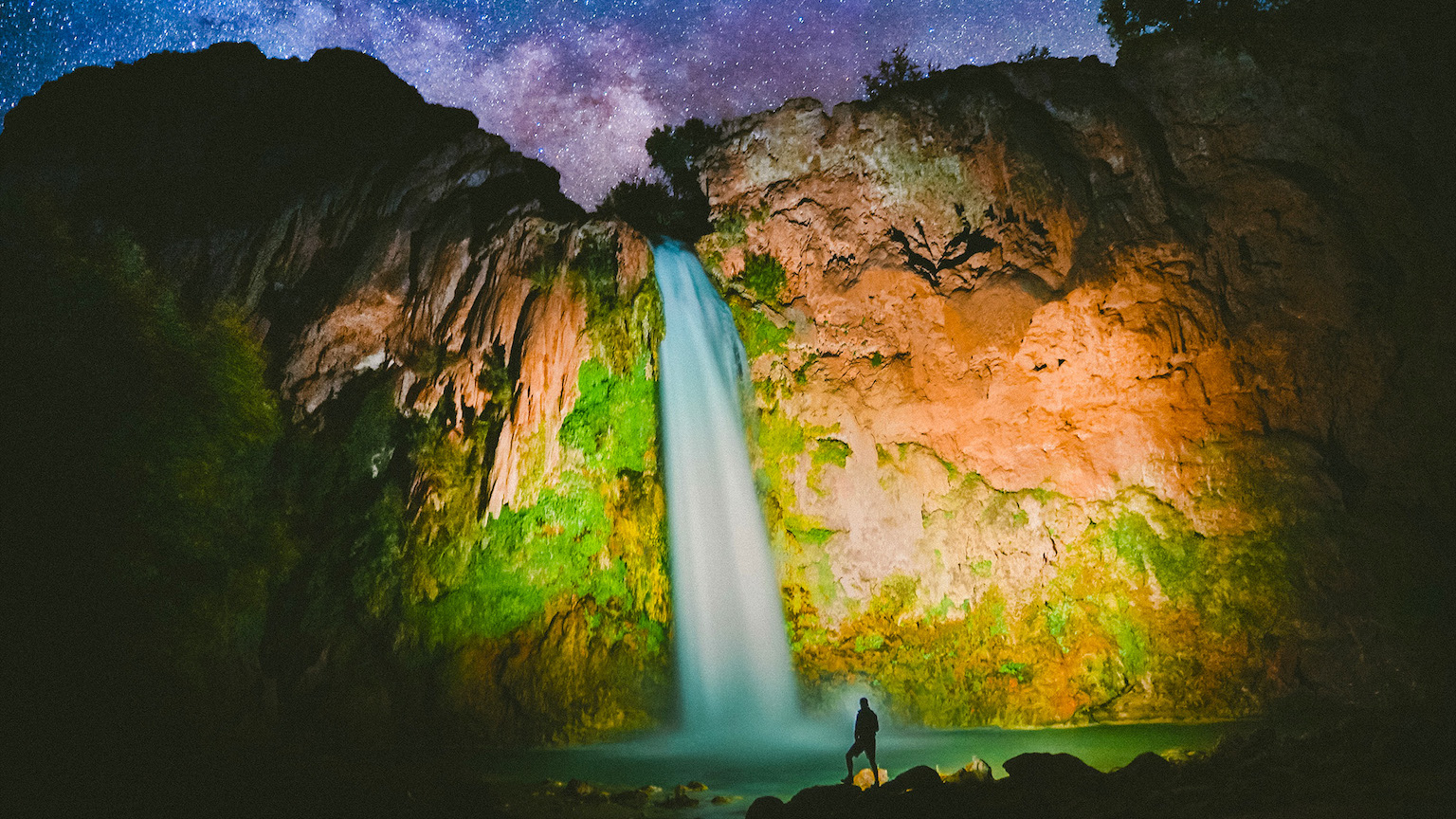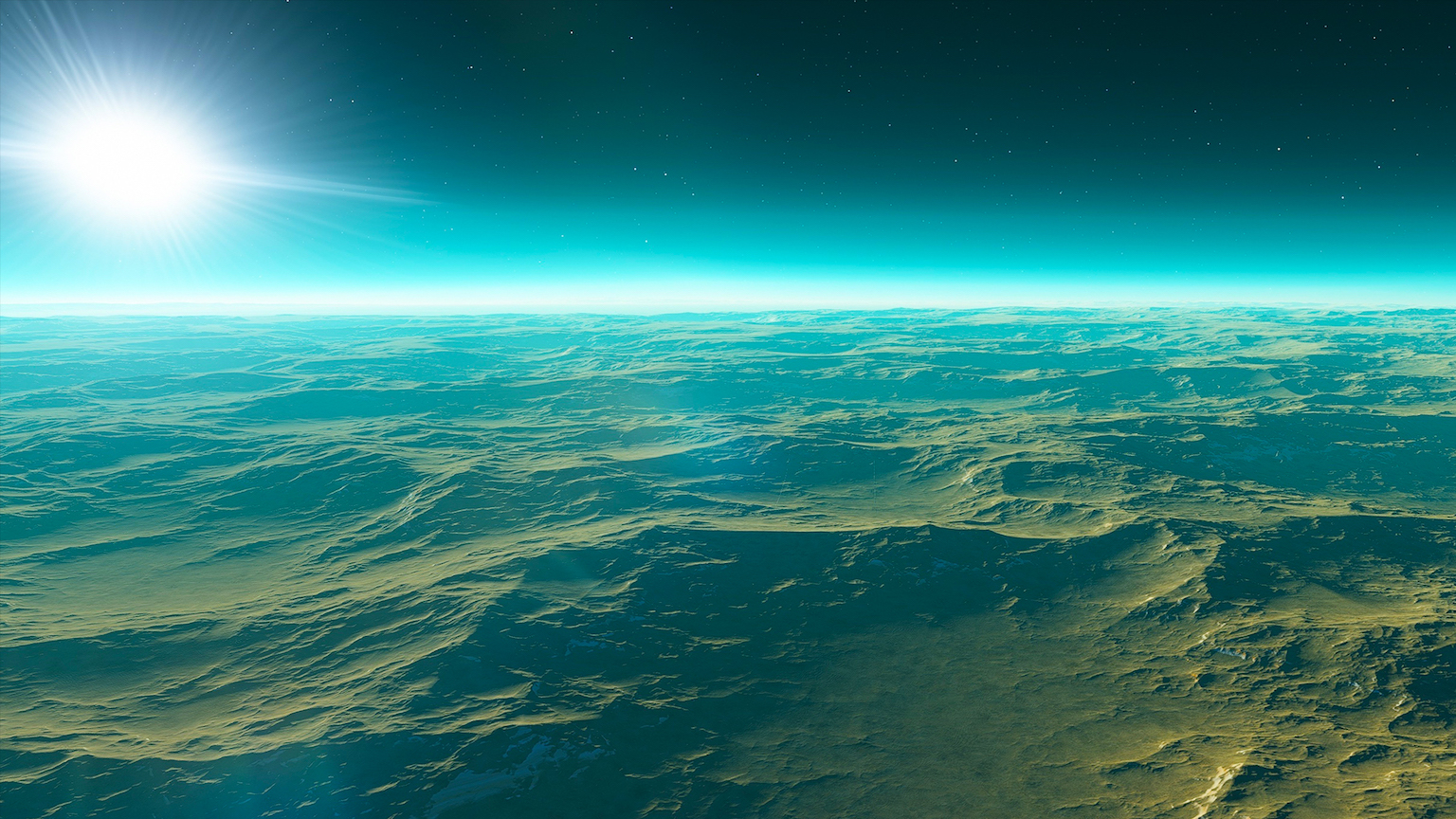Science as a personal journey: from an oasis to the mountains

- Popular images of scientists in the media often depict them as being cold and removed from emotion. But this is entirely untrue.
- An experience in a desert oasis and another at the foot of the Rocky Mountains exemplify the power of awe in science.
- For me, science is a necessity rather than just a profession.
It was an oasis. There was no other name for it. A green haven in the middle of a sun-blasted desert. I spent just a couple of hours there alone but, in that time, the problem I was working on came into focus, became clear in ways I had been struggling with just a day before. Under an impossibly blue-white sky, I found some answers to the scientific question I was working on but, at the same time, I found those answers were working on me.
We tend to see science as a dispassionate search for the truth. Though the ability to withhold judgment and let the data or the calculation speak for itself is what makes science unique as a human endeavor, that doesn’t mean that doing science is without passion or feeling. This aspect of scientific practice does not get enough play. Popular images of scientists in the media often depict them as being cold and removed from emotion (think of Spock in Star Trek). In fact, a poll I once saw about people’s expectations of scientists showed that a majority respected researchers for their honesty (that was good) but also felt they did not have feelings like “normal people” (that was not good).
Today, in light of a new paper in the International Journal of Astrobiology that my collaborators and I just published, along with an article about said paper in The Atlantic, I want to reflect on how science and experience get wrapped together.
Gaia theory
In the fall of 2019, just a few months before Earth’s global civilization shut down under the COVID pandemic, David Grinspoon, Sara Walker, and I sat outside in the warm morning sun at a diner just a few steps from the Library of Congress. We were there attending a workshop called to re-evaluate Gaia theory, the famous (or infamous) idea developed by James Lovelock and Lynn Margulis in the 1980s that envisioned the Earth as a kind of symbiosis of living and non-living systems evolving together — and keeping it warm, moist, and continuously habitable.
Riffing on the day’s presentations over sandwiches and fries, we wondered if Gaia theory — which interpreted life as collectively exerting influence on a global scale — had something to say about intelligence. Was there a way to understand the collective activity of intelligence on a world? Could intelligence and a planet evolve together, feeding off each other and driving the critical transformations that define the planet’s history? Those conversations led to an investigation culminating in the aforementioned IJA paper that tries to unite Earth’s three billion-year past as a living planet with the extraordinary possibilities of intelligent life on other worlds in the galaxy. In the process, we also hoped to illuminate what’s missing in our desperate attempts to deal with the climate crisis.
The oasis
The journal paper and The Atlantic article contain the details. What matters here is the process that led me to the key insights and ideas that represented my contributions to the collaboration. While some of them came sitting in my study reading papers about forest fungal networks or information theoretic conceptions of meaning, the most important ones happened outside in the world.
That day in the desert oasis was transformative. If I walked just a mile in any direction, I would find myself lost in rock, parched dirt, and merciless sunlight. But in the haven of trees and grasses, the air was lighter, breathable. It was as if the life around me had created its own climate, changing the sunlight itself into something more gentle. Walking through this isolated but verdant island of green, I was slammed with the visceral sense of life as pure capacity. It wasn’t this tree or that bush alone; it was the oasis as a whole that was alive and had made this change in the desert. The ideas that I was playing around with about life and its capacity to change planets was being manifested in miniature right in front of me. Seeing that, feeling its possibility, left me more than a little stunned, like the wind had been knocked out of me.
The mountains
Six months later in March of 2020, just days before the world started shutting down from COVID, I ran headlong into that kind of experience again. I was in the Colorado Rockies, staying the night in a small town in a valley about 20 miles from Vail, where I was going to ski the next day. I had been reading papers all day about the Archean Eon when life on Earth was still new. By late afternoon, it was time for a walk. As the sun dipped close to the steep peaks, the shadows of twilight began running across the valley. For a moment, I could feel the immensity of geological time — mountains rising and eroding away, inland seas spreading and receding. As in the desert, abstract ideas about planets and evolution were suddenly made real. The Earth became an actual world telling me its stories in colors at the edges of the mountain shadows and in winter’s bone chilling cold. I hurried back to my room to turn some of what I had felt back into scientific language about time, change, and possibility.
From idea to experience to feeling and back to ideas — that is one way scientific practice can manifest itself. More than just distilled abstraction, it is the result of an embodied encounter — a direct confrontation — with the world. For me, it is what makes science a necessity rather than just a profession. I am always profoundly grateful for its presence in my life.





